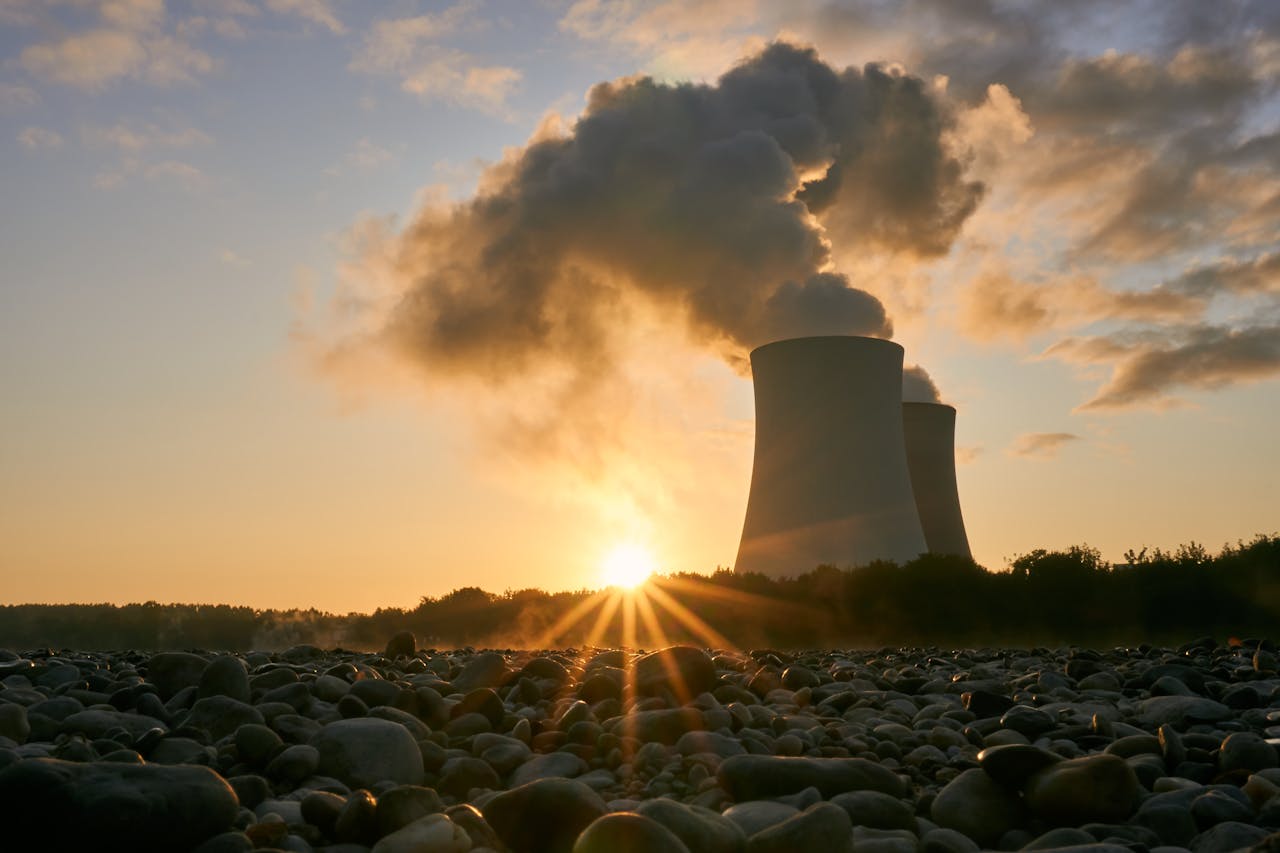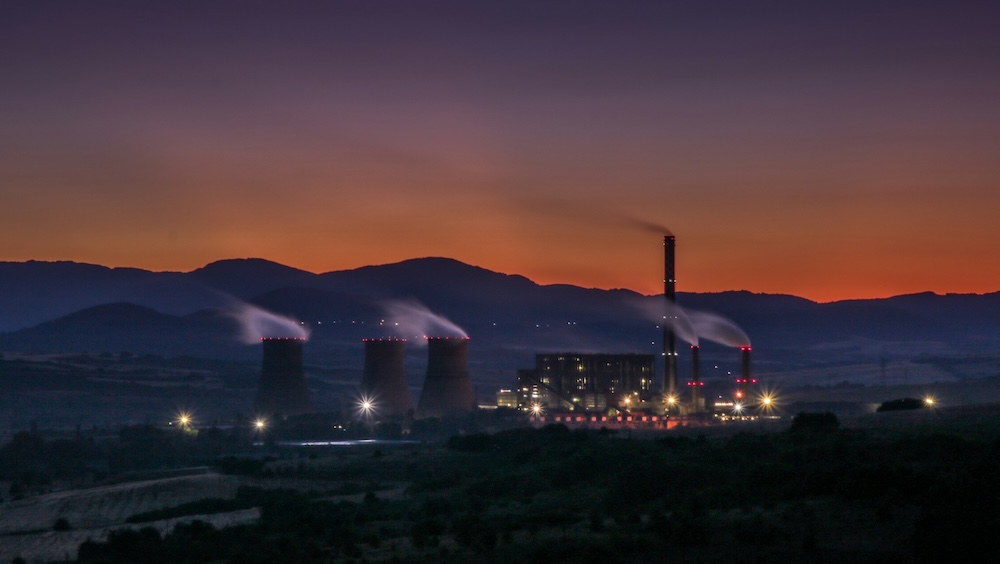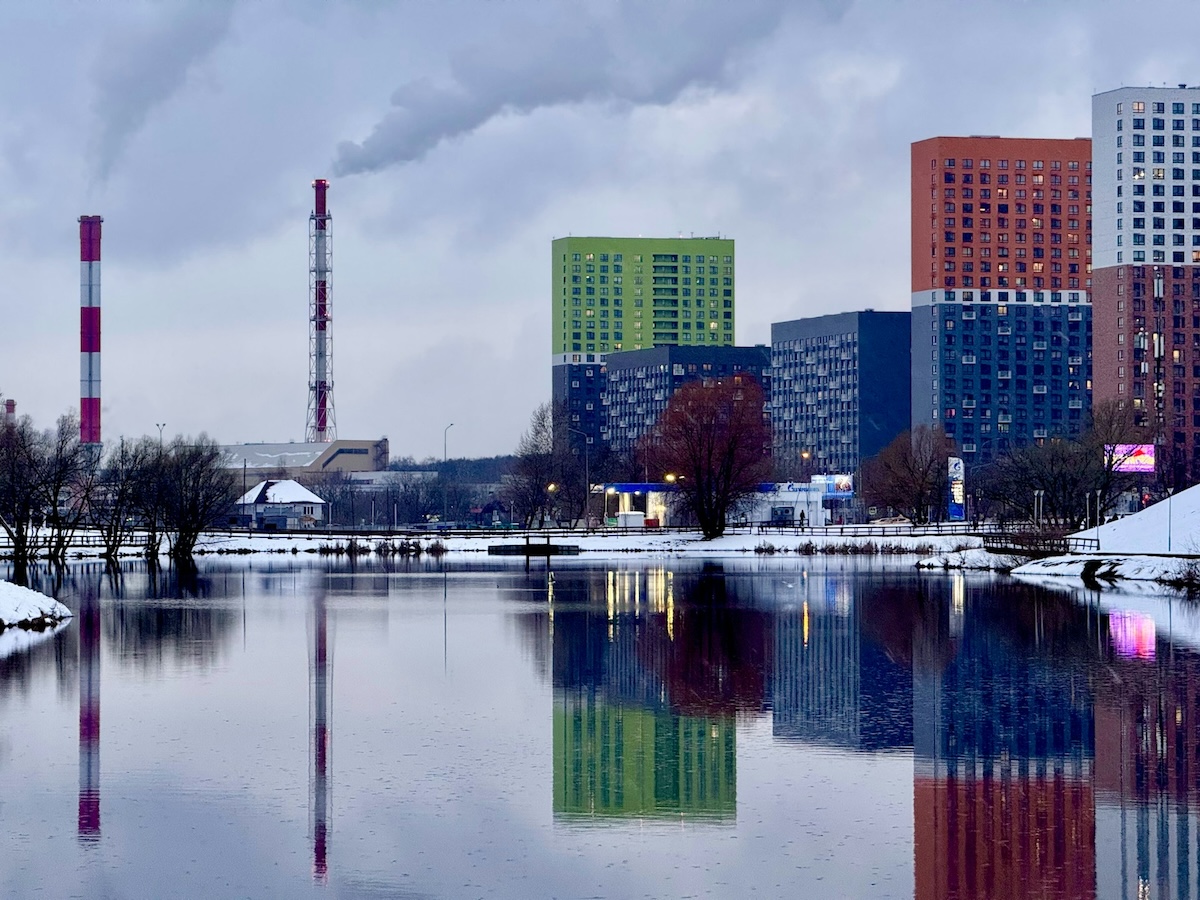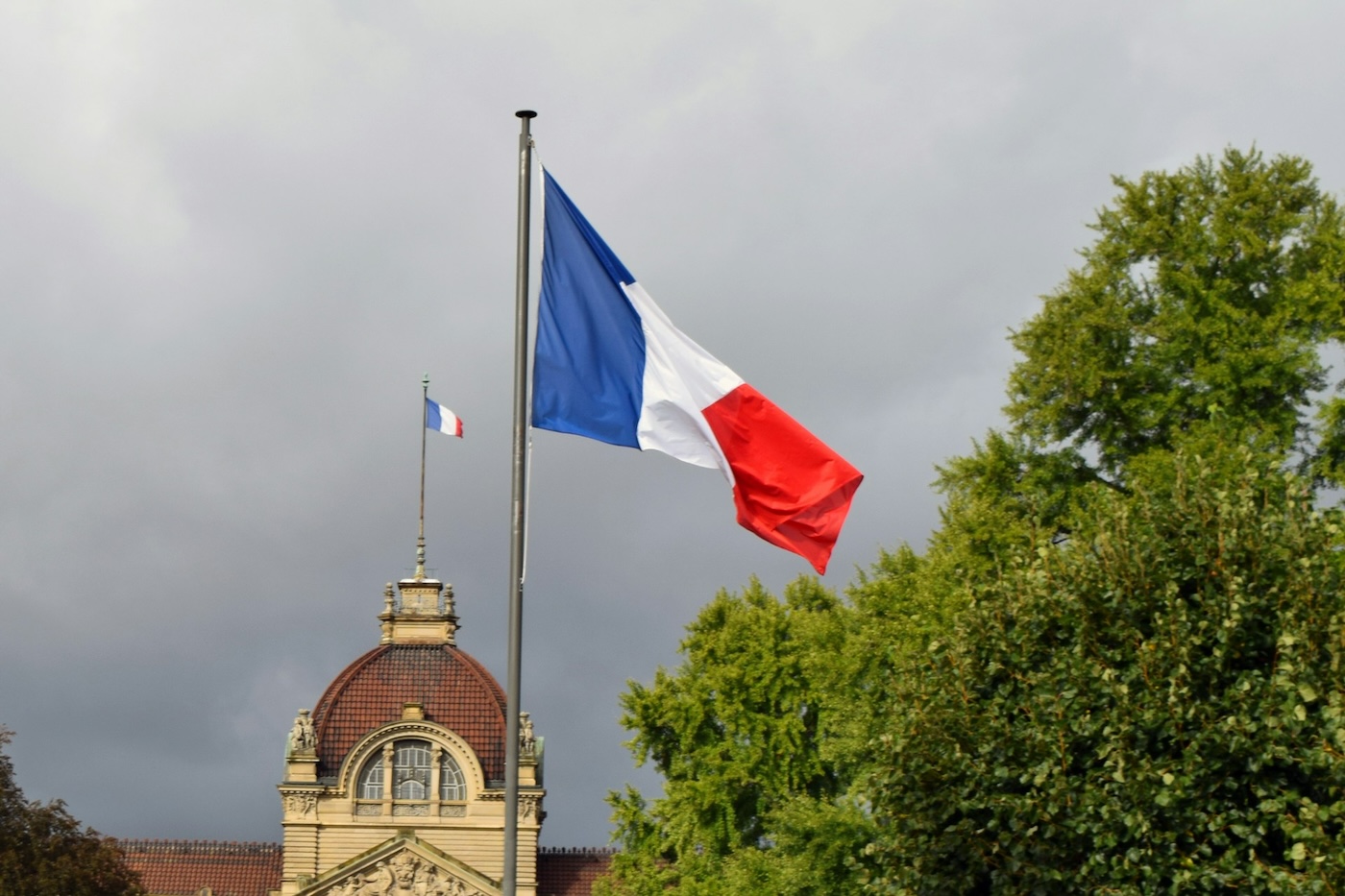
How strategic innovation in nuclear can deliver climate and energy resilience
Achieving climate neutrality while securing stable energy access is one of the most significant industrial challenges of our time. As governments confront volatile fuel markets and soaring electricity demand, nuclear energy is being redefined—not as legacy infrastructure, but as a core engine of innovation.
Next-generation nuclear technologies, including small modular reactors SMRs -, advanced fission concepts, and emerging fusion designs, offer flexible, low-carbon, and resilient solutions that meet the dual needs of decarbonization and energy security. With global electricity demand expected to double by 2050, scaling nuclear innovation is not a matter of technological feasibility—but one of strategic execution.
Unlocking climate gains through advanced nuclear technologies

Nuclear energy already provides one-quarter of global low-carbon electricity, and it is expected to double its contribution by mid-century. That growth will be driven not only by conventional large-scale plants, but by modular and advanced systems that can decarbonize hard-to-abate sectors, support hydrogen production, complement intermittent renewables, and be closer to the CO2 emission sources.
SMRs, for instance, offer reduced capital risk, factory-built modules, and the ability to serve remote or industrial regions that lack grid-scale infrastructure. Fusion power—though still at a lower TRL than some fission technologies—has made significant strides, with both public and private initiatives breaking new ground in energy yield and magnetic confinement.
Countries with ambitious climate targets are moving fast. The global pledge launched at COP28 to triple nuclear capacity by 2050 reflects a broad recognition that net-zero cannot be achieved without nuclear. Excluding nuclear energy from the clean energy mix would make international climate objectives unreachable.
Modernizing regulation for a modular, fast-moving Industry
One of the primary constraints to nuclear innovation is not engineering—it’s regulation. Most existing frameworks were designed for gigawatt-scale plants, not for modular or non-light-water reactors.
In response, agencies across North America and Europe are evolving their processes. The U.S. NRC has adopted new licensing rules tailored explicitly to advanced reactor developers. Canada and the UK are working toward cross-border alignment on SMR licensing. Still, the pace remains uneven. A patchwork of standards across jurisdictions complicates export strategies and raises project risk.
There is growing momentum behind innovation zones and regulatory sandboxes—controlled spaces where developers can pilot technologies under adaptive regulatory conditions. These offer governments a chance to de-risk innovation without compromising safety.
A clear example of this regulatory simplification is President Trump’s Nuclear Reactor Pilot Program, supported by the U.S. DOE. DOE is going to work with 11 advanced reactor startups to reach first criticity on July, 4th 2025. The selected companies are: Aalo, Antares Nuclear, Atomic Alchemy, Deep Fission, Last Energy, Oklo, Natura Resources, Radiant, Terrestrial and Valar Atomics.
Building the ecosystem: supply chains, skills, and investment
To scale nuclear innovation beyond a few pilot sites, supply chains must be reconfigured for speed, volume, and interoperability. The global nuclear sector currently lacks sufficient component manufacturing capacity and skilled personnel to meet the projected surge in demand.
The World Nuclear Association has emphasized the urgent need to boost supply chain capability and talent development, especially for pressure components, instrumentation, and high-specification welding. This aligns with recent calls at the NuclearEurope 2025 Conference, attended by Damona, where policymakers and industrial leaders warned that the EU must strengthen its competitiveness in nuclear manufacturing or risk dependence on foreign suppliers.
Some countries are responding with bold industrial strategies. Romania’s investment in SMRs positions it as a regional hub, while France is reshoring reactor component production to support its new nuclear roadmap. This can be seen with the extension of FRAMATOME Le Creusot, a key site in France able to manufacture Steam Generators and Pressure Vessels. Cross-border partnerships—such as the £2.5 billion collaboration between the UK and the Czech Republic—are also enabling shared risk and knowledge transfer.
Rethinking finance and risk
Advanced nuclear projects require significant upfront capital, but the long-term returns are stable and attractive. The challenge is that most financial frameworks are geared toward shorter-term renewable projects, not multi-decade nuclear investments.
A step change in financing models is now underway. Sovereign guarantees, blended finance structures, and public-private partnerships are being used to accelerate deployment while managing risk. Some countries are even setting up in place their own development structure such as the UK with Great British Nuclear.
There is also a broader shift toward viewing nuclear not just as infrastructure, but as a strategic asset—one that can reduce dependency on fossil fuels, increase energy security, and create high-value industrial jobs.
Public trust and global coordination

Scaling nuclear technologies also depends on public perception. Despite decades of safe operation, concerns around waste, safety, and cost continue to shape public discourse. Yet newer designs embed passive safety features, reduce waste volumes, and offer dramatically shorter construction timelines.
Public engagement must evolve—moving from top-down messaging to participatory decision-making.
Finland’s successful repository development process, built on community inclusion, demonstrates how trust can be earned over time. In developing nations, this approach is even more critical. From Damona’s work in Southeast Asia, we see that engaging with tribal and village chiefs, local community leaders, and traditional authorities is not only respectful but strategic: it anchors projects in cultural legitimacy and mitigates the risk of costly setbacks. The experience of the Khilifi nuclear project in Kenya, where weak local support forced relocation, highlights how overlooking social dynamics can derail entire programs.
At the international level, knowledge sharing and coordination remain essential. Platforms like the IAEA and UNECE facilitate cooperation across borders, while industry-led forums enable the faster dissemination of best practices.
A strategic playbook for the decade ahead
To ensure the success of nuclear innovation over the next decade, stakeholders must align on five imperatives:
- Policy coherence: embed nuclear into national climate and energy strategies, with clear regulatory timelines.
- Workforce readiness: scale training programs to meet rising demand in construction, operations, and regulation.
- Global standardization: advance mutual recognition of reactor designs and safety protocols across key markets.
- Investment innovation: develop financial products that reflect the risk-return profile of advanced nuclear energy.
- Public partnership: engage communities early and often, building trust through transparency and inclusion.
Nuclear innovation is a strategic advantage
Next-generation nuclear is no longer just a technical frontier—it is a strategic advantage for countries that seek to lead the energy transition. It can stabilize grids, decarbonize industries, and secure long-term economic resilience.
However, to unlock that potential, governments, companies, and institutions must act in concert—with urgency, coordination, and a clear vision.




